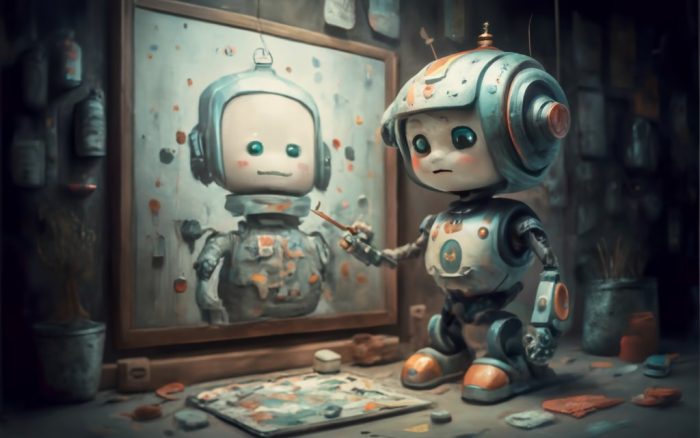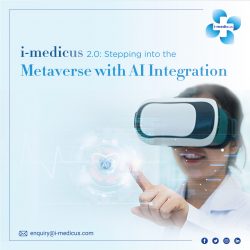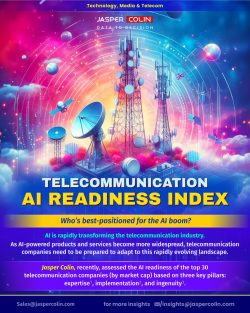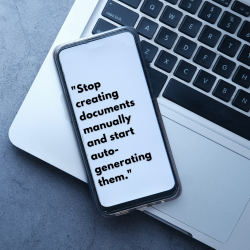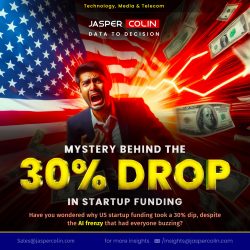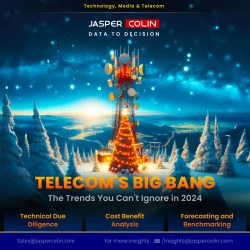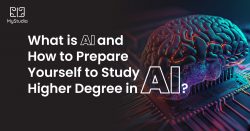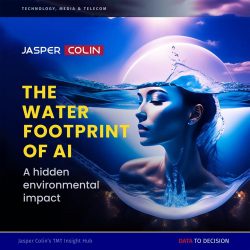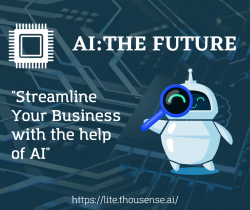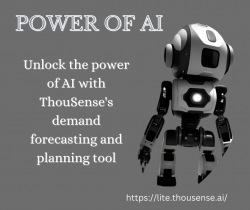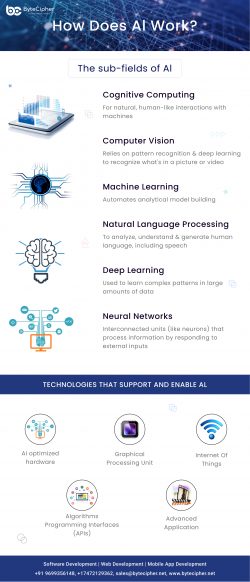Evolution from Script to Spectacle: The Emergence of Text-to-Video AI
Imagine a world where crafting captivating videos requires nothing more than weaving a compelling story. No expensive cameras, no editing software, just the power of words. This future is rapidly approaching thanks to the emergence of Text-to-Video AI, a revolutionary technology transforming how we create visual content.
Breaking Down the Magic
Text-to-Video AI operates at the intersection of artificial intelligence and storytelling. Users feed a text script or prompt into the system, and the AI takes over, generating a video that visually interprets the narrative. This process involves several key components:
Natural Language Processing (NLP): The AI first dissects your text, understanding the meaning, context, and emotional tone. It identifies key elements like characters, locations, actions, and emotions.
Visual Knowledge Base: Drawing from a vast database of images, videos, and audio clips, the AI identifies visual elements that align with your textual descriptions. This database allows the AI to understand the visual representation of concepts like “a bustling cityscape” or “a majestic waterfall.”
Video Generation: Using advanced algorithms, the AI stitches together the identified visuals, creating a cohesive video sequence. This may involve generating realistic backgrounds, animating characters, and even synthesizing voiceovers to match the script.
Beyond Efficiency: A Spark for Creativity
While efficiency is a clear advantage, the true power of Text-to-Video AI lies in its ability to democratize video creation. Here are some ways it empowers creators:
Unlocking New Voices: Now, anyone with a story to tell can produce visually captivating videos, regardless of technical expertise or budget limitations. This empowers aspiring filmmakers, educators, and social media content creators to express themselves in a new medium.
Supercharging Creativity: Text-to-Video AI can act as a creative brainstorming partner. Writers struggling to visualize scenes can use it to explore different settings and generate visual inspiration. The AI can even suggest unexpected visual elements, sparking new ideas and enriching the overall narrative.
Personalization Made Easy: Imagine crafting personalized explainer videos for your students or generating unique product demos for your clients. Text-to-Video AI makes it possible to tailor video content to specific audiences, enhancing engagement and understanding.
A World Reimagined: The Future of Text-to-Video AI
The potential applications of Text-to-Video AI extend far beyond individual creators. Here’s a glimpse into what the future holds:
Education Revolution: Personalized learning experiences, interactive simulations, and visually engaging historical reenactments are just a few ways text-to-video AI can transform education.
Accessibility for All: Imagine creating audio descriptions alongside video using AI, making video content accessible to visually impaired audiences. This technology has the potential to bridge accessibility gaps and create a more inclusive media landscape.
Personalized Advertising: AI can generate targeted video ads tailored to specific audience segments, increasing engagement and campaign effectiveness.
A Note on Responsibility: Ethical Considerations
As with any Powerful technology, ethical considerations surround Text-to-Video AI. We need to address potential biases within AI algorithms and ensure fair representation in the generated content. Additionally, the ability to create hyper-realistic videos raises concerns around misinformation and deepfakes. It’s crucial to develop responsible AI frameworks and promote digital literacy to navigate these challenges.
The Final Reel: A Collaborative Future
Text-to-Video AI presents a future brimming with creative possibilities. It’s not about replacing traditional video production altogether, but rather forging a collaborative future. With AI handling the heavy lifting of visual creation, human ingenuity can focus on crafting compelling narratives, directing artistic styles, and ensuring ethical content. As we embrace this transformative technology, the possibilities for storytelling are truly endless.
